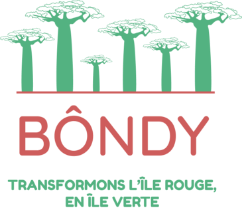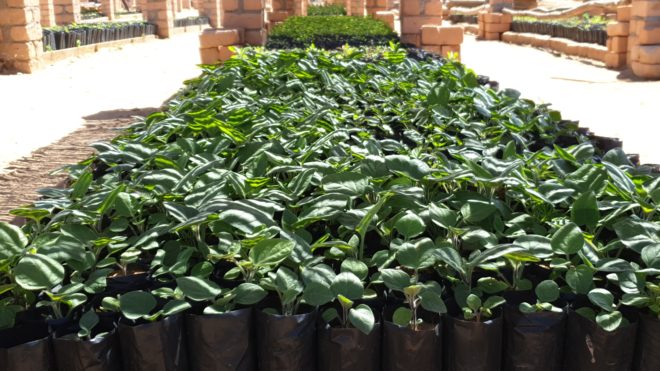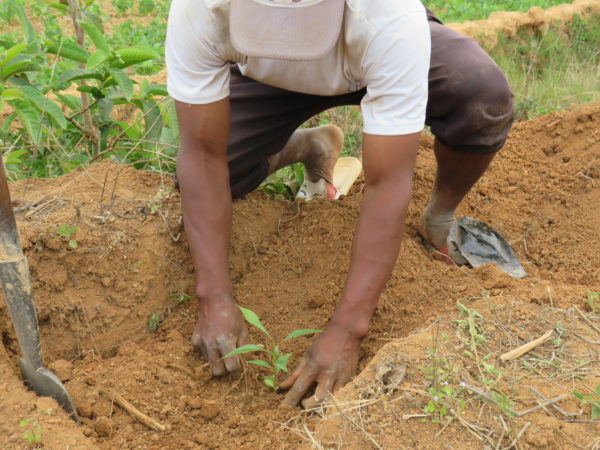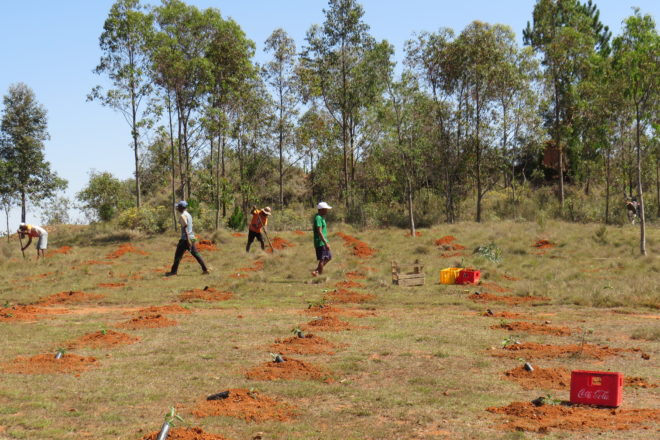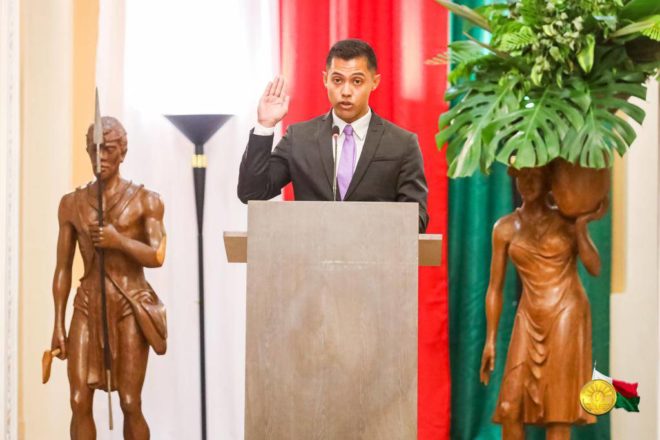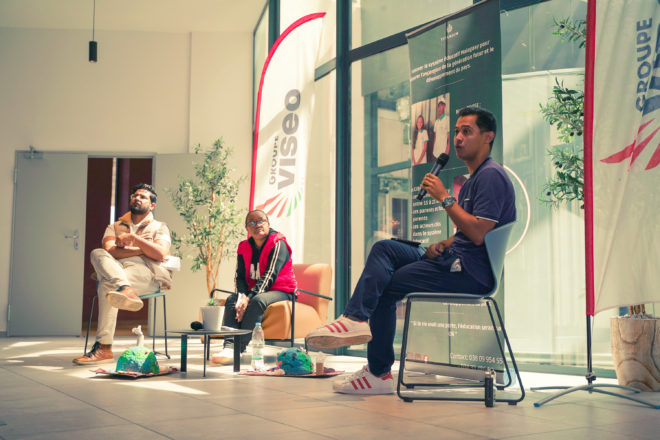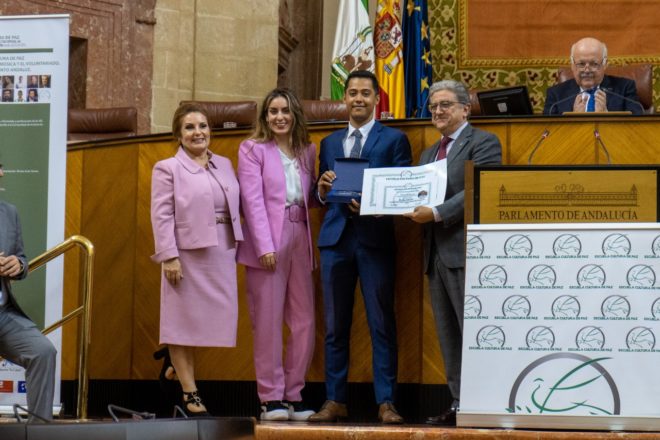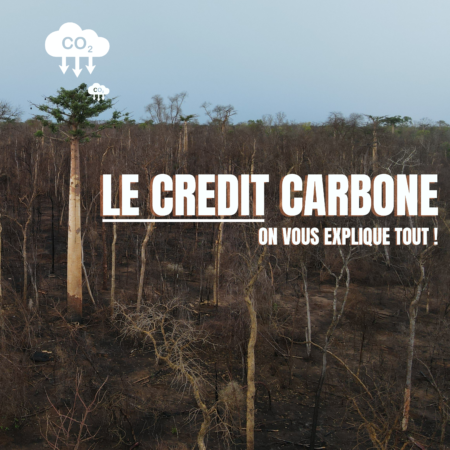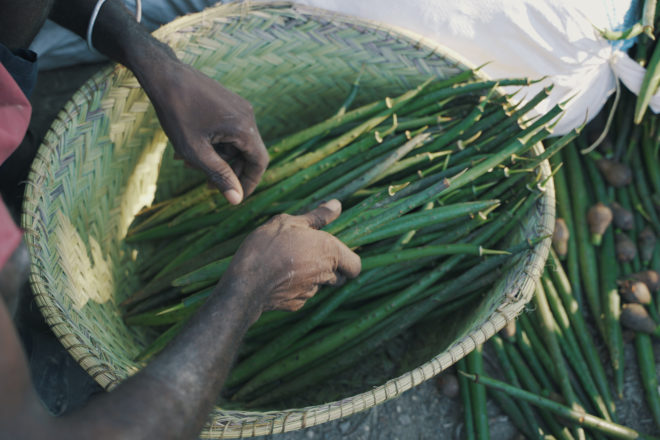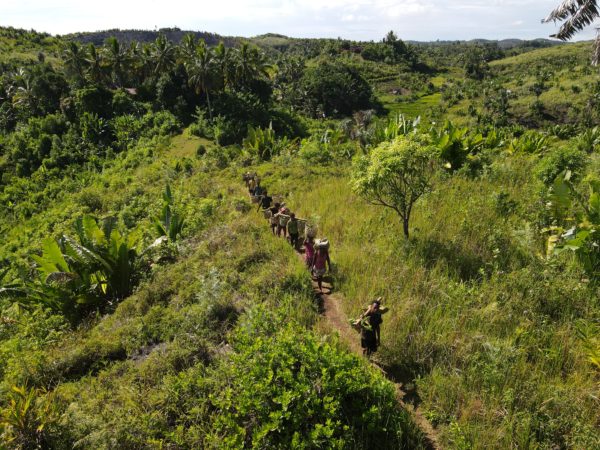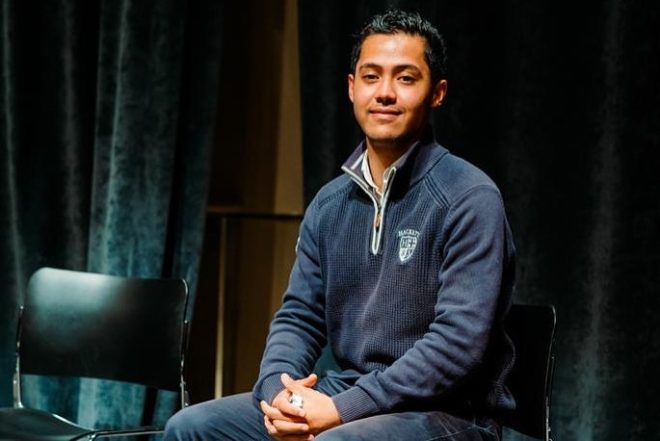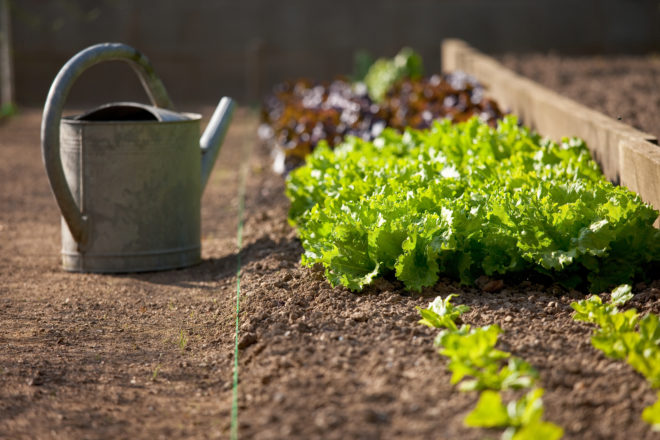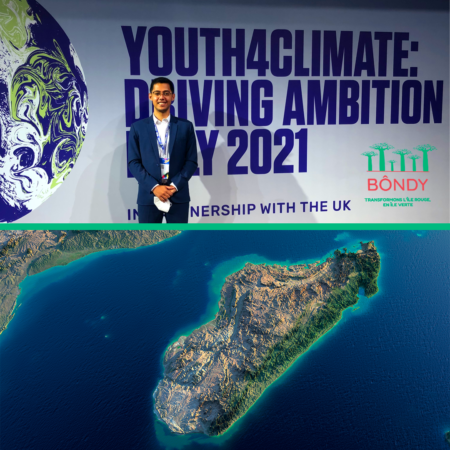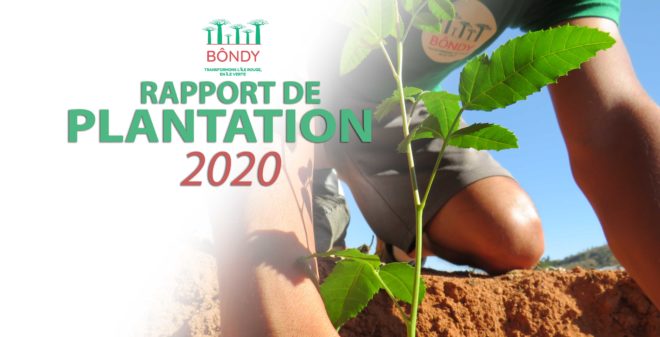Regaining Madagascar, at what cost?
In December, reforestation waltzes traditionally make their way back into the media. Some company, school, ministry or church proudly displays its reforestation action. However, the forest area in Madagascar is decreasing at a high rate. (510,000 ha deforested in 2017 according to Global Forest Watch).
Reforestation initiatives have flourished in all directions without any real meaning, strategies or results. In addition to being a key issue in the fight against global warming and the protection of Madagascar's biodiversity, the fight against deforestation has become a communication pillar where everyone tries to get involved. Although the will may be good and sincere at the beginning, some reforestation projects do not lead to any results, or even worse, can lead to ecological disasters. Without technical expertise, monitoring of the trees and involvement of the local population, this is not reforestation.
(Re)Valorising trees in Madagascar
Contrary to popular belief, trees have an important economic and social value and are therefore a good investment and development opportunity for Madagascar! Woody (timber) and non-woody (essential oils, spices, fruits...) forest resources contribute to the economic and social development of rural areas in Madagascar. In its model, Bôndy plants useful trees on the farms of its partner farmers in order to optimally provide food, energy and income resources. This takes the form of a responsible and sustainable agroforestry estate. It is important that "living" trees are more valuable to the farmers than cutting them down.
The urgent need to green Madagascar: a clear national strategy and private sector involvement
It is urgent. If we do not react, a dark future is in store for Madagascar and our living conditions. To plant a tree is to believe in the future. But it must be planted correctly. Successful reforestation must be prepared at least one year in advance and monitored for several years after planting. A clear and defined national strategy should encourage and evaluate reforestation projects on qualitative, not quantitative, criteria. Each reforestation project should be declared, reported on and supervised by a specialised body (public or recognised private).
Re-greening Madagascar is ambitious but achievable. The roots of the success of this project lie in the commitment of each stakeholder (State, private sector, civil society). We, but especially future generations, will reap the benefits of this collective effort.
Publication in theExpress Madagascar
